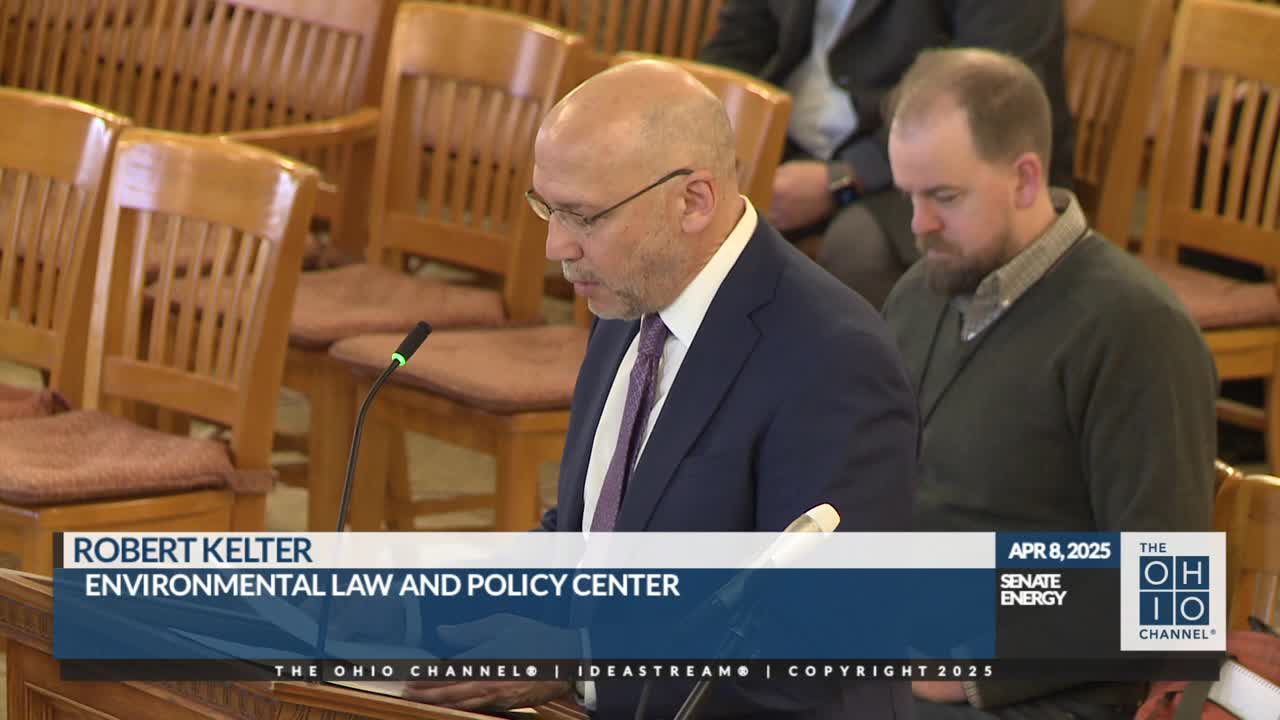Ohio Utilities Launch Demand Response Program to Mitigate PJM Capacity Shortages
April 08, 2025 | Energy and Public Utilities, Senate, Committees, Legislative, Ohio
Thanks to https://workplace-ai.com/ , all articles about Ohio are free for you to enjoy throughout 2025!

This article was created by AI using a video recording of the meeting. It summarizes the key points discussed, but for full details and context, please refer to the video of the full meeting. Link to Full Meeting
Capacity shortages are expected during peak electricity demand, particularly on hot summer days. The proposed demand response program would allow utilities to manage electricity usage by incentivizing customers to reduce their consumption during critical times. This is particularly relevant for residential customers, whose highest energy use typically occurs due to air conditioning.
The committee highlighted that HB 15 includes an amendment permitting utilities to run interruptible rate programs for industrial customers, compensating them for reducing their electricity use during peak demand. Advocates argue that residential and small commercial customers should have equal access to these demand response tools. By allowing utilities to adjust thermostats by 1 to 3 degrees during peak times, they can effectively manage demand and contribute to the overall stability of the electricity grid.
American Electric Power (AEP) is set to launch a new demand response program this month, which will enable residential customers to participate by allowing AEP to adjust their thermostats during peak usage periods. This initiative is part of AEP's Electric Security Plan (ESP) settlement, but concerns were raised about the future of such programs following the potential discontinuation of the ESP law.
The committee emphasized the urgency of implementing demand response programs, noting that they can yield significant results in a short timeframe compared to the lengthy process of constructing new power plants. It is estimated that these programs could generate approximately 400 megawatts of savings, equivalent to the output of a midsize power plant.
The discussions underscored the importance of legislative support to ensure the continuation of demand response initiatives, which are seen as a critical component in managing Ohio's electricity needs in the face of growing demand and potential shortages.
Converted from Ohio Senate Energy Committee - 4-8-2025 meeting on April 08, 2025
Link to Full Meeting
Comments
View full meeting
This article is based on a recent meeting—watch the full video and explore the complete transcript for deeper insights into the discussion.
View full meeting